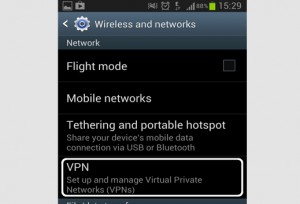For most companies whether they were major companies or small business, Virtual Private Networks (VPNs) are a very pivotal part of everyday operations. VPNs are used to connect any device safely to a company’s private network through the Internet, also to allow people to function from a distance while applying administrative policies and ensuring tough authentication. Many of power users are susceptible to install a VPN if they wish to make their networks at home accessible while they are away from home.
While developing Android 4.4 KitKat, the time came to arrange some of the lower-level pieces that are in charge of managing and creating VPN connections.
Just like any normal code rewriting, little bugs sneak into the blend.
Some of these bugs have shown that they are calamitous to a lot of users somehow, leaving them incapable of conducting their business.
Symptoms:
Tunneling IPv6 over IPv4 just doesn’t work:
If you connect to a VPN over IPv4 while other end backs IPv6, whatever IPv6 address you try to contact will be unreachable. All things will be displayed as connected and functioning, but the data packets will stay on your device.
Changing the types of connection will output the VPN to be disconnected. The disconnection could be intended, there is a possibility that this is a safety measure to stop potential spying.
Trying to reconnect to the VPN is the biggest problem. Some clients claim that they can reconnect through the new interface immediately, some say that they can reconnect through the original interface only, and some need to reboot first before being able to reconnect through any type of interface. There isn’t sufficient information to fully abolish particular apps or environmental conditions.
Looking for an unlimited VPN for Android? Why don’t you check this link:
http://www.unlimitvpn.com/unlimited-vpn-android/#.VglWlsuqqko


